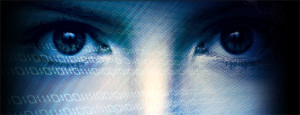On TV shows and in movies, computer experts start with a blurred image of a suspect. They very quickly “clean up” the image to generate a clear photo and get results from facial recognition software. In real life, the facial recognition process does not work that way.
During May, Sean Gallagher posted an overview of the technology on the Ars Technica website. Entitled, “Why facial recognition tech failed in the Boston bombing manhunt,” Gallagher’s article surveys the procedures and pitfalls of this technique.
The first step of facial recognition requires the detection and enhancement of an image of a face. This is not a quick and simple procedure.
“Hollywood does a pretty good job of creating a myth that you could extract a better image by enhancing and zooming where information wasn’t captured,” Masayuki Karahashi told Gallagher. “You’re not going to create more information out of nothing.” Karahashi is 3VR’s senior vice president of engineering for surveillance and video analysis technology.
In one approach to the second step, software identifies common facial features, such as the centers of eyes, to produce a faceprint, which is a mathematical representation of facial patterns. During the final step of a facial recognition search, the faceprint is checked against a database of faceprints.
As indicated by the title of his article, Gallagher looks closely at the use of facial recognition technology during the hunt for the Boston bombers. The exercise highlights challenges of employing a sophisticated technique with images captured from uncontrolled environments.
As an aside, Gallagher mentions an interesting bit of history: Las Vegas casinos numbered among the first organizations to use facial recognition to keep card counters and other unwelcome guests from the gambling floors.

